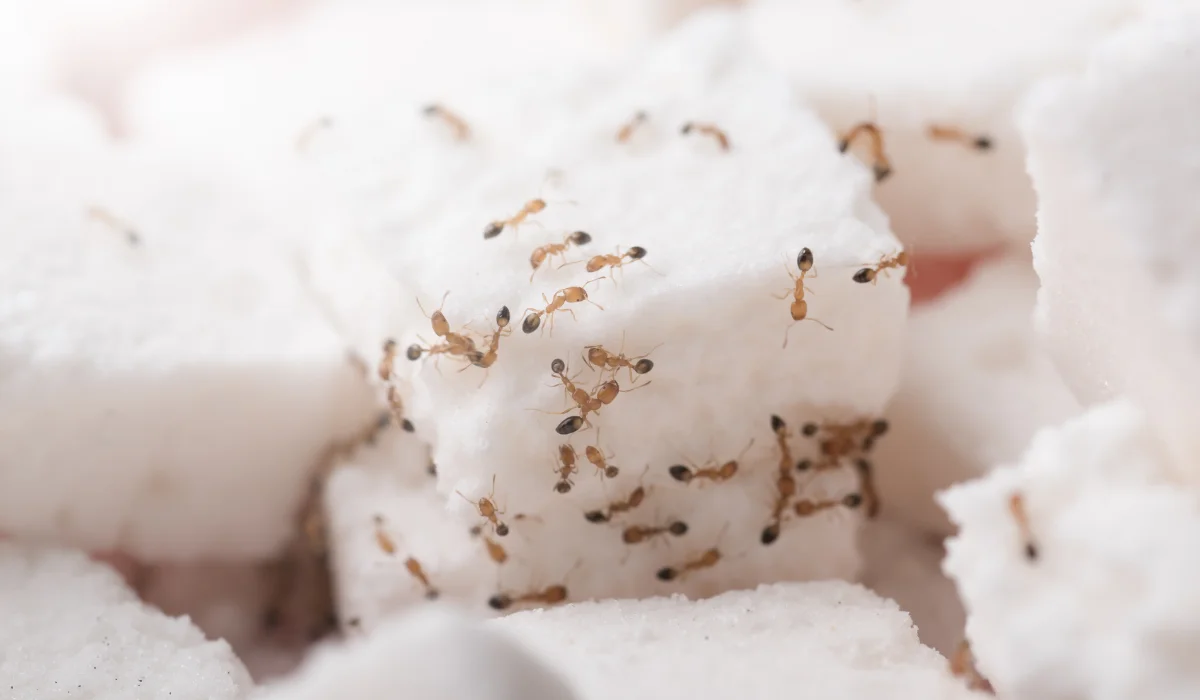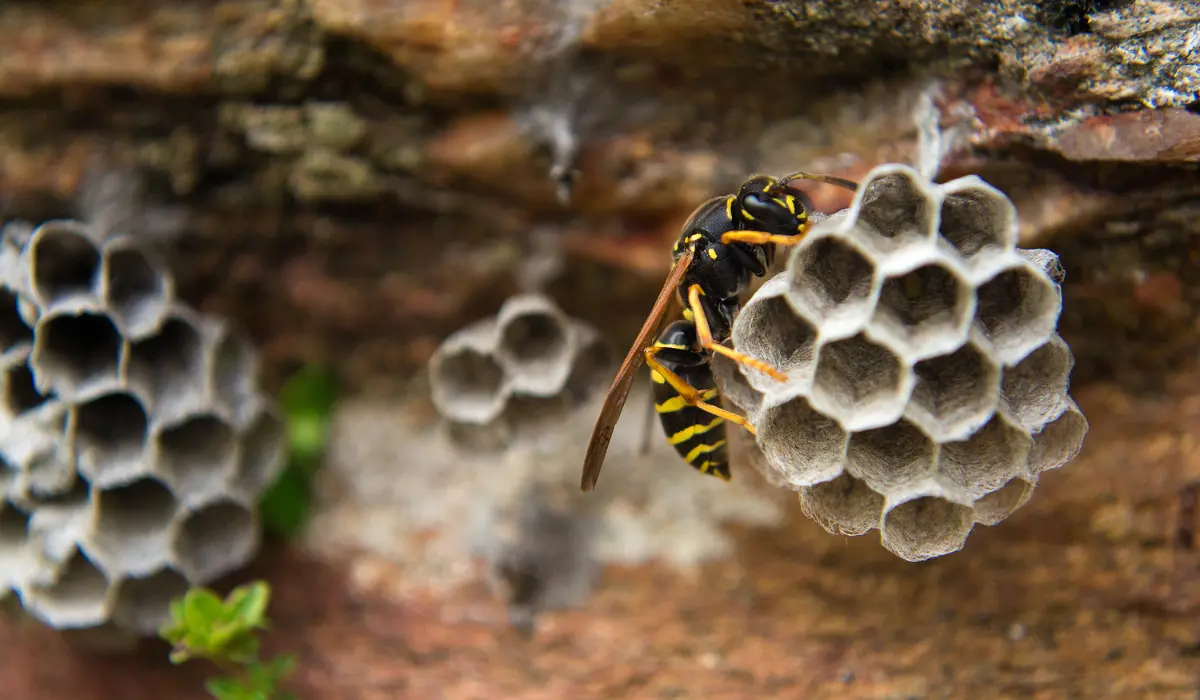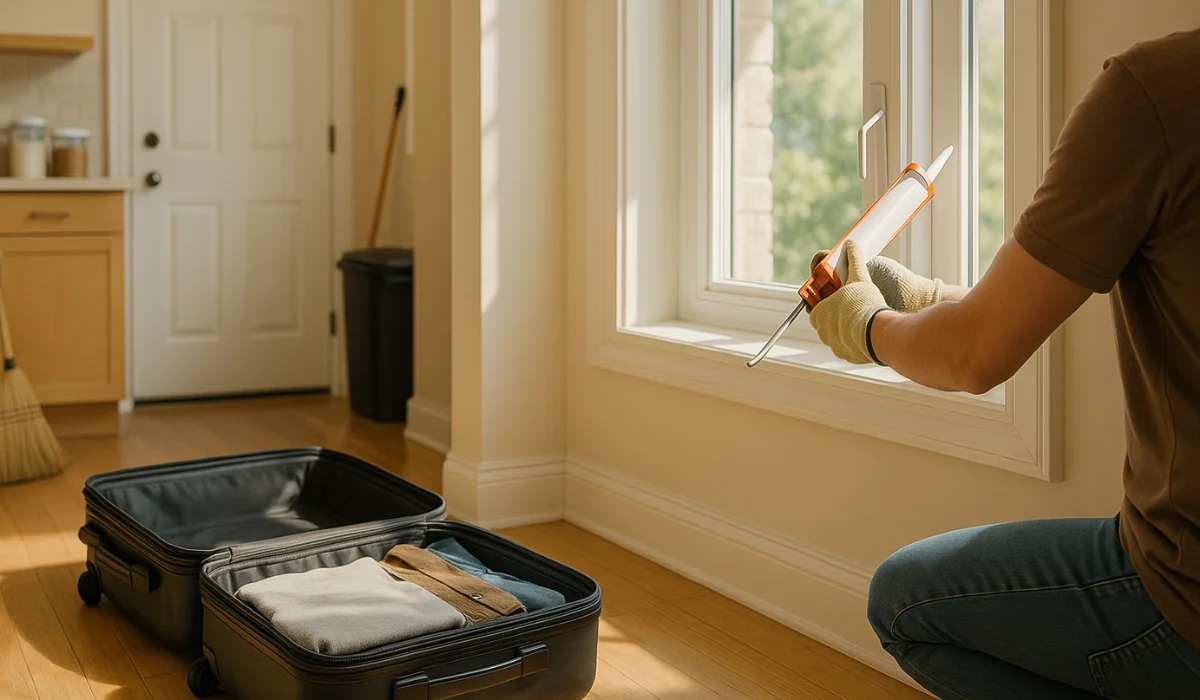Heading into mosquito territory with just sunscreen? Protecting yourself is critical, not just with repellent but also through your choice of clothes. Mosquito bites can transmit serious diseases like malaria and Zika virus.
To guard against these pests, wear long-sleeved shirts, long pants, and hats to cover your skin. Opt for thick, tightly woven fabrics, which are tougher for mosquitoes to penetrate. Boost your defense by treating your clothes with permethrin, a fabric-safe insect repellent.
Curious about how clothing color affects mosquito attraction? Keep reading to discover more ways to stay bite-free.
Key Takeaways
- Tightly woven, thick materials such as denim and canvas are recommended for clothing because they are difficult for mosquitoes to penetrate.
- Fabrics like linen, organic cotton, and bamboo are ideal for long sleeves and pants as they may cover the skin and reduce mosquito bites.
- Clothing treated with mosquito repellents like permethrin may protect up to 70 washes and is effective against bites.
- Practical design features in clothing, such as cinched waists, integrated mesh, and light colors, can deter mosquitoes.
- Professional mosquito control services are recommended for severe infestations, providing tailored solutions for effective mosquito management.
WHAT ESSENTIAL FEATURES TO LOOK FOR IN SUMMER CLOTHES

Protective types of clothing can be your first line of defense against the Aedes aegypti or Anopheles quadrimaculatus mosquito species.
Knowing what to wear this summer to prevent bites from mosquito proboscis entails choosing clothes with features that deter these pests.
Here are essential features to look for.
Tight Weaves and Thick Materials
Mosquitoes are often unable to penetrate tightly woven and thicker fabrics. These materials reduce the likelihood of the mosquito’s proboscis, their biting mouthparts, reaching the skin.
Here’s a close look at the characteristics you should consider:
| Materials | Tightness | Thickness | Comfort Level |
| Synthetic blends | High | Medium | Varies |
| Denim | Moderate | High | Less breathable |
| Canvas | High | High | Durable but heavy |
Long Sleeves and Pants
They act as a barrier between the skin and mosquitoes, reducing the chance of bites. Clothing that covers the skin adequately makes it difficult for mosquitoes to find a place to bite.
Some recommended fabrics for long sleeves and pants include:
- Lightweight linen: Breathable yet thick enough to thwart mosquitoes.
- Organic cotton: Soft against the skin with a weave that offers protection.
- Bamboo: Naturally pest-resistant and provides good coverage.
Treated Protective Clothing
Insect repellents may be used to treat different fabrics. For instance, permethrin-treated clothing can significantly mitigate the number of mosquito bites, even up to 70 washes.
Other treatment types include:
| Treatment Types | Effectiveness | Longevity |
| DEET-based sprays | Moderate | Immediate but requires reapplication |
| Natural oil treatments | Lower | Varies, often short-term |
Practical Design
Design features like cinched waists or ankles, integrated mesh, and loose-fitting clothing can boost protection. Other designs to look for are:
- Mesh-lined pockets
- Built-in gaiters
- Zippered or elastic cuffs
- Ventilated areas for breathability
Light Colors
Mosquitoes are less attracted to light-colored clothing as these colors are less conspicuous and do not retain heat like dark shades.
Colors you should hoard this summer include:
| Colors | Reasoning |
| White | Least attractive to mosquitoes |
| Beige | Blends with the environment |
| Light Blue | Cooler and less appealing to bugs |
HOW TO LAYER SUMMER CLOTHES FOR MAXIMUM PROTECTION
Layering summer clothes effectively can be essential to avoiding mosquito bites. Here are tips for the right combination of materials and chemicals for extra protection.
Choosing the Right Base Layers
Selecting appropriate base layers is essential for comfort and protection against mosquitoes. Here are some suggested fabric types:
- Synthetic fibers like polyester and nylon often blended with spandex
- Breathable and moisture-wicking materials, like merino wool
- Fabrics treated with mosquito repellents, like permethrin
Mid and Outer Layers
The mid and outer layers should add protection without overheating. These should be loose enough to prevent mosquitoes from biting through the fabric.
Here are some effective layering strategies:
| Layers | Clothing Type | Characteristics |
| Mid Layer | Long-sleeve shirts, yoga pants | Looser fit, possible repellent treatment |
| Outer Layer | Jackets, hats | Durable material, possible netting addition |
Accessories for Additional Coverage
Accessories can offer an extra shield in mosquito-prone areas. They should be used in conjunction with treated clothing for maximum mosquito-proof effect.
Here are some accessory options you can choose from:
- Head nets for face and neck protection
- Insect repellent wristbands
- Treated scarves or bandanas
Additional Information: For extended protection, choose accessories infused with active ingredients like DEET, picaridin, or oil of lemon eucalyptus. Always check the product label and follow the guidelines set by the CDC.
HOW TO ENHANCE CLOTHES WITH NATURAL REPELLENTS
Wearing the right summer clothes can be a simple yet effective strategy for reducing bug bites, essential for preventing mosquito-borne diseases like Zika.
However, you can enhance or extend protection by incorporating natural mosquito repellents embedded in fabrics or through DIY methods.
Natural Repellent Fabrics
Integrating natural repellent fabrics into everyday clothing can decrease the allure of skin to mosquitoes. Here are some fabrics for infusing unappealing substances to mosquitoes.
| Fabric Materials | Use-case Example |
| Citronella-infused Fabric | T-shirts, bandanas |
| Soybean-based Fabric | Long-sleeve shirts |
DIY Treatments for Clothes
Applying DIY repellent treatments can also bolster your clothing’s defense against mosquitoes. Here are two ways you can do this:
- Soak Method: To create a natural barrier, dilute essential oils like lemon eucalyptus in water and soak clothes.
- Spray Application: Mix an EPA-registered insecticide or pesticide with water and spray on fabric surfaces.
This approach can complement other mosquito prevention tactics when you use mosquito nets and remove standing water in birdbaths and flowerpots.
WHEN TO CALL THE EXPERTS?
If mosquito bites are a constant issue even after taking preventive measures, it could indicate a more extensive infestation. In such instances, calling in the pest control professionals might just be the ticket.
Whether you’re in New Orleans or Baton Rouge, seeking expert help should be easy. For immediate intervention for a severe infestation, let Lajaunie’s mosquito control specialists tailor a solution that’s right for your home.
For more information about the areas we service, visit our location page.
 By: LaJaunie's Pest Control
By: LaJaunie's Pest Control 



